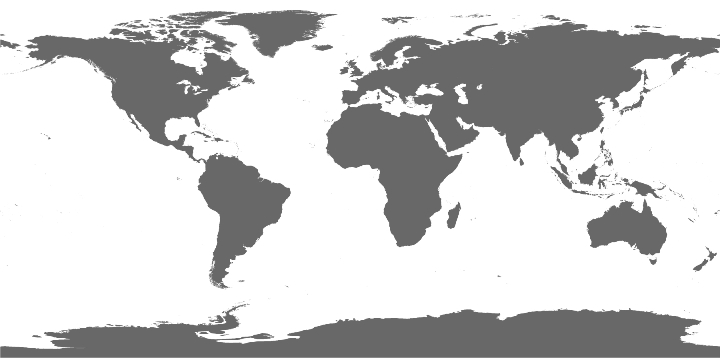Dataset 10
Windstorm disturbance without patch dynamics twelve years of change in a Minnesota forest
Realm: Terrestrial
Climate: Temperate
Biome: Temperate broadleaf and mixed forests Central latitude: 47.400000
Central longitude: -95.120000
Duration: 3 years, from 1984 to 1996
Climate: Temperate
Biome: Temperate broadleaf and mixed forests Central latitude: 47.400000
Central longitude: -95.120000
Duration: 3 years, from 1984 to 1996
937 records
25 distinct species
Across the time series Acer rubrum is the most frequently occurring speciesMethods
Itasca State Park, Minnesota, is a 13 000 - ha forestpreserve at 478N latitude, with a cold continental climate(mean annual temperature 3.78,. mean annualprecipitation 640 mm; Kuehnast 1972) and with diversesoils on glacial and meltwater deposits within a terminalmoraine. Forest cover in the 16-ha study area is heterogeneous withelements of northern hardwoods, white pine, red pine,and aspen sugar maple cover types (Eyre 1980). Clustersof Pinus resinosa and scattered individual Pinusstrobus amidst hardwoods date back over 250 yr basedon our tree ring counts and originated after fire (Frissell1973; Clark 1989). The understory is also heterogenous, with thickets of Corylus cornuta shrubs, clumpsof the shrub Acer spicatum, carpets of seedlings of Acer saccharum and Acer rubrum, and patches of saplingsof Ostrya virginiana and Acer saccharum. The herbaceous flora is sparse and thus omitted from this analysis. Nomenclature follows Gleason and Cronquist 1991. Plots were sampled in mid-summer 1984, 1992, and1996. Each treefall had four 2 3 2 m plots: one plot near the base (0.5 m north of the stump s north edge), one plot in the fallen crown area (north of the bole just beyond the first branch of the fallen crown), and two control plots in parallel configuration at undamaged conspecific trees. Two base plots and three crown plotswere omitted due to interference from trails or treelesswet meadows. Note that plot locations were not permanently marked in the original survey. Thus, althoughthe treefall plots were likely to coincide in repeatedsampling, the control plots were less likely to be placed in exactly the same location in subsequent surveys. In each plot, all trees and shrubs were identified, counted, and recorded by height class (small. .50 cm in height;medium. 50-200 cm; tall. .200 cm in height. but dbh. 2.5 cm). Of 30 treefalls sampled originally in 1984, 17 were still distinguishable in 1992, and 11 were distinguishablein 1996. In some cases. we are certain that we found the location of the old treefall, but the primary windthrown tree had been obliterated by subsequent treefalls, or (particularly for Betula papyrifera )entirely decomposed. Windthrown pines were still visibleand were all relocated. In contrast, fallen Populustremuloides, P. grandidentata, and other hardwoodswere less persistent. Any resulting bias in plot retrieval should exaggerate the effects of windstorms, since larger treefalls were most likely to be included in the later surveys. To accommodate decreasing sample size overtime, comparisons are based on densities per unit area.The data set contained a total of 58 individual plots in1984 and 1992, and 40 plots in 1996. Sample size was sufficient to reveal significant changes over time in the statistical analysis; thus differences between treefalland control areas should also be detectable. Unit of abundance = Count, Unit of biomass = NACitation(s)



.
In (Eds.),
(p. ).
:
.
,
(),
.



